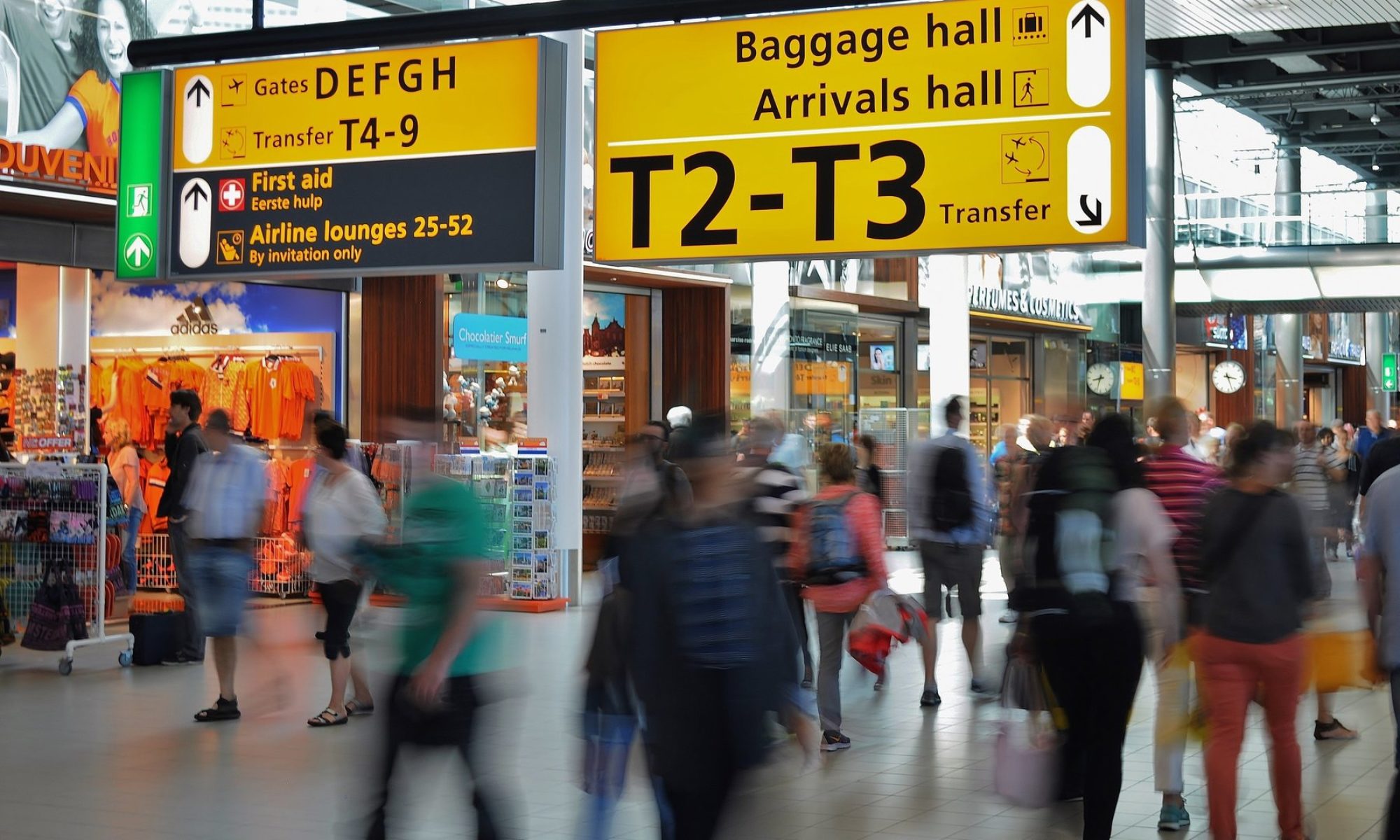![]() The Federal Aviation Authority (FAA) reauthorisation bill which was passed by Congress this autumn contained a provision which passed under the radar outside the United States of America (USA). It considerably expanded what was known as the Airport Privatisation Pilot Programme, enacted by Congress in 1996 and then slightly expanded from five to 10 airports in 2012.
The Federal Aviation Authority (FAA) reauthorisation bill which was passed by Congress this autumn contained a provision which passed under the radar outside the United States of America (USA). It considerably expanded what was known as the Airport Privatisation Pilot Programme, enacted by Congress in 1996 and then slightly expanded from five to 10 airports in 2012.
Summary:
The US Federal Aviation Administration (FAA) has expanded the country’s airport privatisation programme;
Any airport can now be leased without limit and FAA grants available to analyse any potential leases;
But there has been no change yet on airline double super-majority authorisation rule.
Airport privatisation was a new and untried idea in the US in 1996, and the regulations framing the original pilot programme reflected that. It permitted only five airports to be leased in the long-term. Only one of those could be a ‘large hub’ according to the FAA’s interpretation and at least one must be a general aviation (GA) airport. It also imposed a lengthy and convoluted approval process, by airlines serving the airport in question and by the FAA.
The first change made by Section 160 of the FAA reauthorisation act removes the numerical and categorical limitations. Henceforth, any US airport may be long-term leased, and without limit. That means the situation that prevailed for six years, when the City of Chicago held the only “slot” in the programme reserved for a large hub airport (Midway), cannot re-occur. The proposed lease of one large hub cannot hold up or preclude other large hubs from seeking to do likewise.
Accordingly, the programme has been renamed the Airport Investment Partnership Programme and that ‘partnership’ insertion suggests the future importance of public-private partnerships (P3s). Moreover, the term ‘privatisation’ as used in the UK and some other European countries generally means the sale of all or part of the ownership of the airport in question although it can also refer to any financial involvement by a private company.
Since both the 1996 US pilot programme law and the 2018 revised version permit only long-term leases, these deals are inherently long-term P3s between the airport owner (city, county, state, etc.) and the private consortium that wins a competitive process to lease, improve, operate, and manage the airport.
Another important change is that henceforth long-term P3 leases can be structured in a way in which the public-sector partner has a part-interest in the special-purpose entity created to manage and operate the airport for the term of the lease. Such shared-control agreements are increasingly common in Europe, notably France and Germany.
Politically, that may reduce opposition to US airport P3 leases created by fear that the public entity will “lose control” of the airport (although that can be addressed in the long-term lease agreement by a range of negotiated performance measures, etc.).
Another highly significant change is that while the previous law permitted the FAA to exempt the airport owner from having to repay previous federal airport grants if it leased the airport, the new law automatically exempts the airport owner from having to do this. This removes an obstacle that increased the risk of potential US airport P3 deals compared to foreign ones.
In another small but important change, the new law will make it easier for airport owners to make serious assessments of whether to make use of long-term P3 leases. Doing this responsibly requires detailed legal and financial analysis, which is generally beyond the experience of city or state legal and financial staff. The new law allows the FAA to make grants of up to USD750,000 to any US airport that wishes to analyse whether, and how to go about, engaging in P3 leases under the Airport Investment Partnership Programme.
There is some disappointment that the new law did not change one provision of the original pilot programme that is considered a uniquely US obstacle to getting privatisation approval, namely the requirement for airline approval of the deal via a double super-majority. Specifically, 65% of all the airlines serving the airport must approve the deal terms and also airlines representing at least 65% of the annual landed weight at the airport. In other words a majority of airlines could approve a lease but it might be blocked by the largest of them in terms of movements.
The good news on this issue is that airlines involved with three such long-term P3 lease deals have accepted the negotiated deal terms that were acceptable to private-sector bidders. Those were Southwest Airlines at Midway Airport before the procedure was withdrawn, American Airlines and JetBlue Airways at San Juan International in Puerto Rico and American, JetBlue and United Airlines at Westchester County, NY, a procedure still in limbo. So there is at least historical precept in such cases.
The airports currently in the privatisation programme that are outstanding appear in the table below. in the case the definition ‘Outstanding’ can mean a long time:
Source: The Blue Swan Daily


